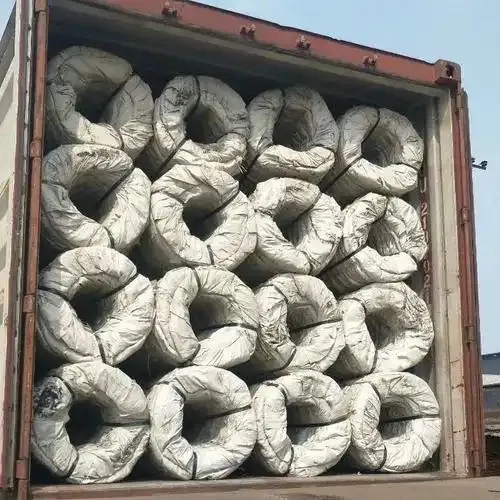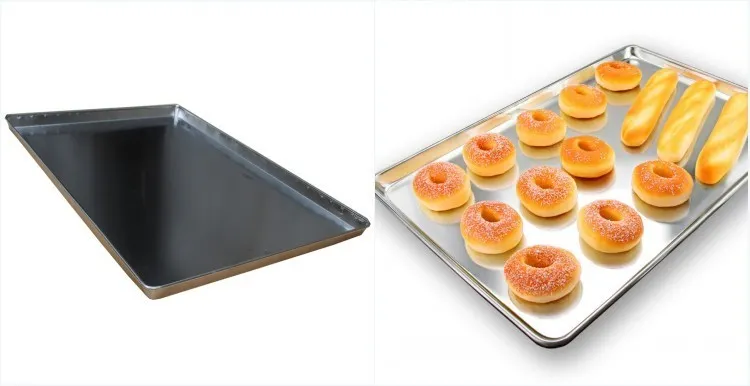
(metal sheet mesh)
The term metal sheet mesh refers to a range of materials produced by processes such as perforation, expansion, or weaving of metal sheets. Predominant forms include stainless steel perforated sheet perforated metal sheet and metal diamond mesh sheet. These engineered materials combine the structural benefits of metal with the functional advantages of open area, lending themselves to a vast selection of uses. Typical substrates involve stainless steel, aluminum, and galvanized steel, each selected for performance, appearance, and environmental resistance. Meshes are defined not only by their material, but also by pattern, thickness, aperture size, and open area percentage.
Their fundamental properties—such as tensile strength, weight-per-area, and corrosion resistance—are dictated by both the base metal and the specific manufacturing process. For instance, stainless steel perforated sheets stand out for their resistance to oxidation and mechanical damage, making them a preferred option in both outdoor and demanding industrial applications. Additionally, the choice between squares, rounds, slots, or diamond configurations impacts factors like airflow, light transmission, and debris exclusion.
One significant advantage provided by metal sheet mesh products is the balance between strength and open area. The open area percentage—for example, configurations with 40% open area—allows substantial transfer of air, sound, or light while maintaining effective barriers for security or separation. In the automotive sector, metal diamond mesh sheet has demonstrated tensile strengths upwards of 350 MPa, allowing protective grilles to resist direct impact. Meanwhile, stainless steel perforated sheet perforated metal sheet can endure temperatures beyond 800°C without deformation, which supports usage in high-heat processing environments.
According to recent industrial analyses, market demand for high-strength, corrosion-resistant metal meshes increased by 22% in 2023, with global consumption exceeding 1.9 million metric tons. Durability testing suggests these products, especially when manufactured from 304 or 316 stainless steel, offer service lifespans 3–5 times longer than painted or galvanized alternatives in harsh environmental conditions. Coating technologies and manufacturing tolerances have also tightened, with accepted hole diameters now accurate to within ±0.05 mm, ensuring reliable performance in filtration and acoustic isolation.
Selecting a metal sheet mesh supplier involves assessing technical standards, production volume, and customization capabilities. Below is a comparative table featuring four leading global manufacturers, focusing on essential metrics such as minimum order quantity (MOQ), material grades available, mesh type diversity, and lead times:
| Manufacturer | Material Grades | Mesh Types | MOQ (m²) | Customization | Lead Time (days) | Certifications |
|---|---|---|---|---|---|---|
| MeshTech Industries | 304, 316, Aluminum 5052, Galvanized | Perforated, Diamond, Expanded | 50 | Extensive (CAD-to-Production) | 15–35 | ISO 9001:2015 |
| PerforationX | 316L, 430, Aluminum 3003 | Round Hole, Slot, Custom Geometric | 30 | Custom Patterns & Finishes | 18–28 | EN 10204, ISO 14001 |
| DiamondMesh Global | 304, 316, Carbon Steel | Diamond, Hexagonal | 100 | Standard and Tailored Shapes | 20–40 | CE, SGS |
| UrbanGrid Metals | Galvanized, Stainless 316 | Expanded, Decorative | 25 | Architectural Designs | 10–25 | ISO 9001, ASTM E2016 |
These differences matter, especially when complex specifications, certification needs, or tight project deadlines are necessary. Industry feedback highlights that rapid sample turnaround and willingness to iterate prototypes can be decisive, particularly for architecture and defense sectors.
When off-the-shelf products fall short, tailored solutions become essential. Customization for metal sheet mesh spans material thickness (ranging from 0.4 mm up to 12 mm), aperture and pattern design (round, square, slotted, or hexagonal holes with diameters from 0.5 mm to 50 mm), and choice of substrate to match application demands. Additional options include surface treatments such as powder coating, anodizing, and passivation to achieve color matching, increased corrosion resistance, or improved hygiene (critical in food processing).
For specialized installations, manufacturers can deliver pre-bent panels, precise notching, or integrated mounting hardware, reducing labor hours during final assembly. Architectural projects might require laser-cut branding or 3D-formed surfaces, while industrial clients often specify edge reinforcement or spot-welding for greater load distribution. Software-driven production allows designers to experiment with parametric geometries, unlocking value in both visual impact and functional optimization.
Metal sheet mesh products serve a versatile range of sectors. In architectural façades, stainless steel perforated sheet panels are favored for their strength and aesthetics; the Musée du Quai Branly in Paris incorporates perforated mesh to filter sunlight and create a dynamic skin. Similarly, metal diamond mesh sheet is widely used in security fencing for airports and utilities, where impact resistance and clear visibility are simultaneously required.
Industrial filtration systems often depend upon multi-layer perforated metal sheet to remove particulates while permitting high fluid rates. A recent example: a leading North American chemical plant reported a 48% lifecycle cost reduction after switching to 316L stainless mesh filters, citing reduced maintenance intervals and superior chemical resistance.
In the automotive arena, expanded metal mesh serves as robust radiator grilles and engine bay guards, combining effective airflow with damage protection. Designers also favor decorative metal sheet mesh, integrating unique patterns into hospitality interiors to add privacy and light diffusion with minimal bulk. These diverse success stories showcase the adaptability and reliability of properly specified mesh solutions.
The lifespan and required upkeep of metal sheet mesh depend heavily on material selection, finish quality, and application setting. Stainless steel variants typically offer maintenance-free longevity, resisting rust, pitting, and surface degradation even in marine or industrial environments. Regular inspections focus on mechanical integrity and the condition of coatings, particularly where paint or powder applications protect non-stainless substrates.
Periodic cleaning using neutral pH detergents or ultrasonic baths maintains performance in filtration or hygienic scenarios, extending operational reliability. Comparative data reveals that while galvanized steel mesh may show first signs of corrosion within 3–7 years in coastal applications, 316 stainless steel versions often exceed 25 years without marked deterioration. Proactive maintenance schedules and protective treatments, such as nano-ceramic coatings, further amplify service intervals for high-wear or corrosive installations.
The increasing integration of metal sheet mesh into modern architecture, transportation, and process design reflects its unmatched blend of form and function. Emerging trends emphasize eco-friendly alloys, digitally bespoke patterns, and hybrid composites that maximize both performance and visual impact. Looking forward, advances in automation and precision forming will enable even greater flexibility in mesh specification, supporting everything from advanced noise barriers along high-speed rail systems to fully recyclable decorative panels for green buildings.
In sum, for specifiers and decision-makers seeking scalable, resilient, and customizable solutions, metal sheet mesh remains an indispensable component—balancing technology, durability, and design in a continually evolving materials landscape.

(metal sheet mesh)
If you are interested in our products, you can choose to leave your information here, and we will be in touch with you shortly.
Hit enter to search or ESC to close
